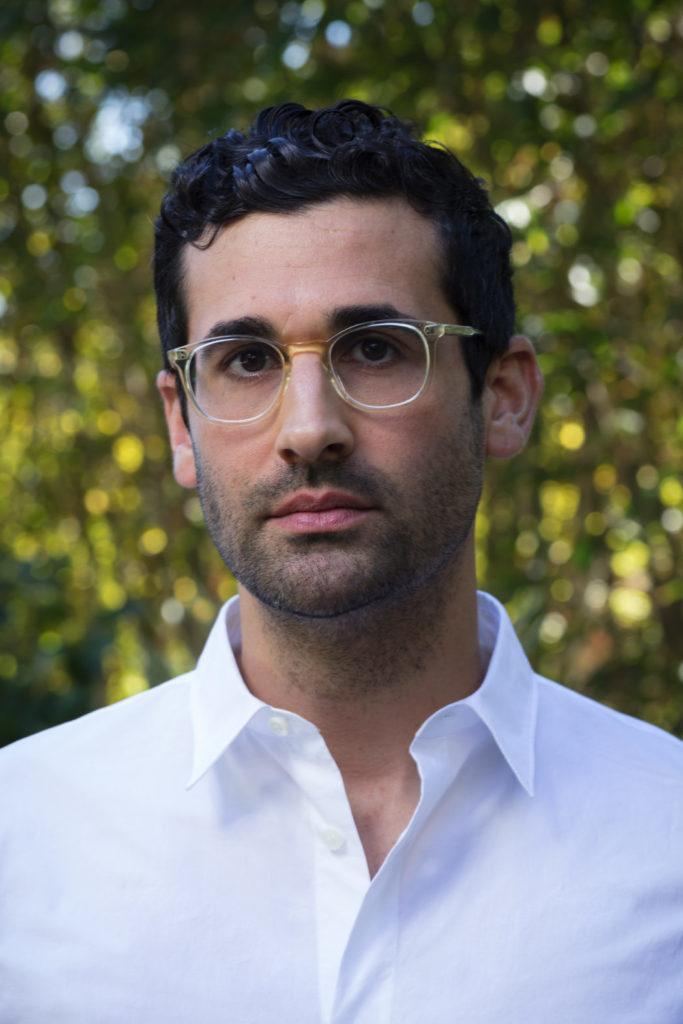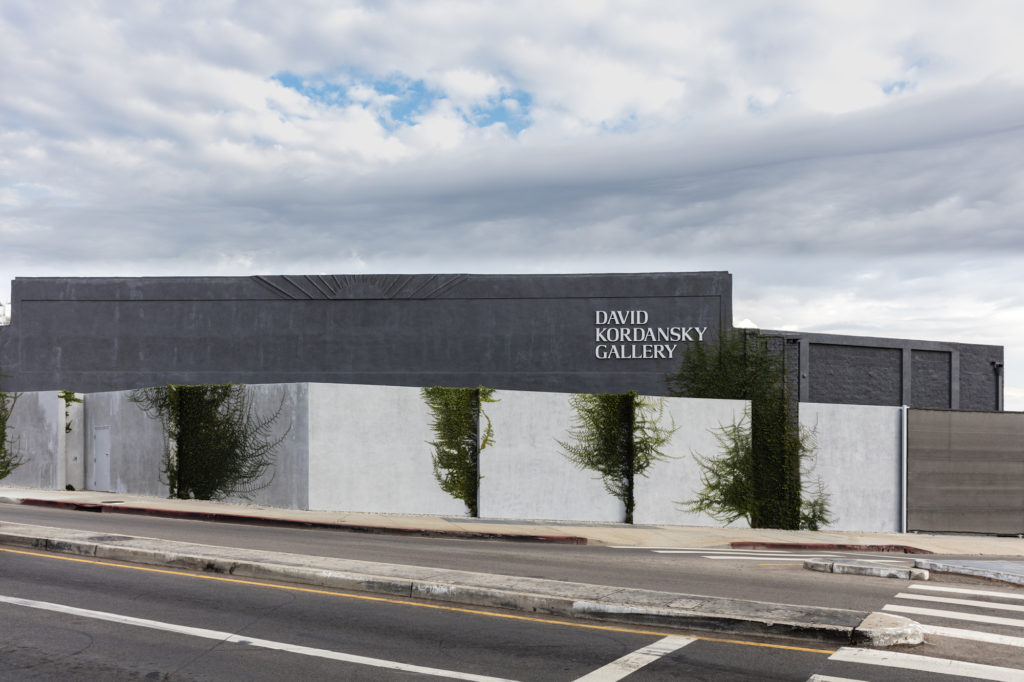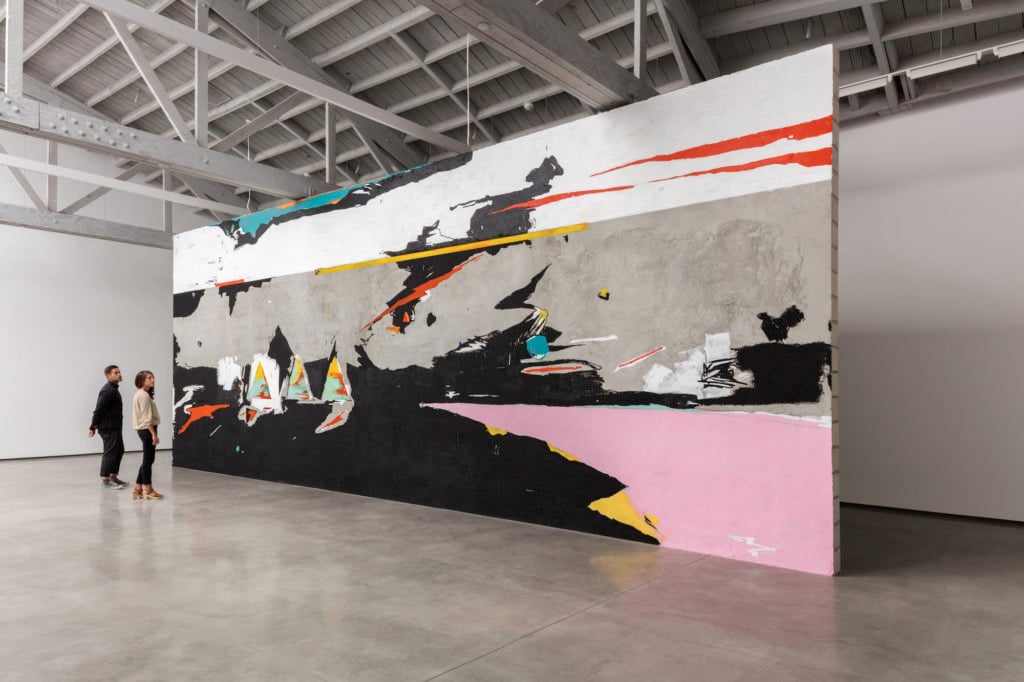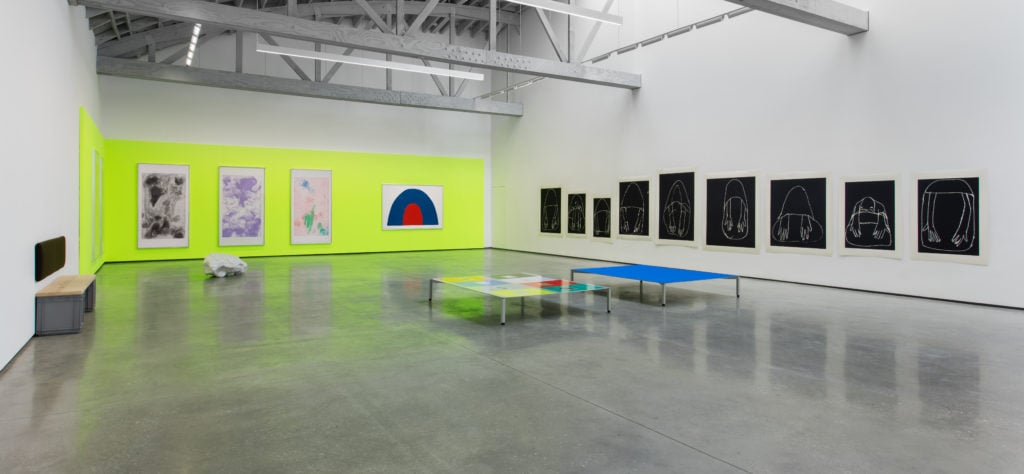People
Gallerist David Kordansky on Today’s Market and the LA Art Scene
Los Angeles dealer in his own words.

Los Angeles dealer in his own words.

Henri Neuendorf

Much has been written about the revitalization of the Los Angeles art scene. Behind the facades, it’s gallerists like David Kordansky who have been working to bring the West Coast back to international preeminence. Representing young artists like Jonas Wood and Aaron Curry, as well as veterans such as Betty Woodman and John Wesley, Kordansky’s diverse, cross-generational program has always been closely linked to the community in which it is based. In the relatively short time span of 13 years, the gallery has grown from a 500-square-foot Chinatown space to its current 12,000-square-foot Culver City location.
In light of LA’s art comeback, and the issues facing single-space mid-market galleries, artnet News spoke to the dealer about how he started his gallery, his association with Los Angeles, and his thoughts on the current state of the art market.
When and how did you start the gallery?
As a graduate student at CalArts at the turn of millennium, I was putting on performances, producing installations, and organizing shows of friends’ art. Curating those exhibitions evolved into opening a gallery in Chinatown in 2003. After just a couple short years in LA, I already knew a lot of great artists that should be showing and making a living from their work, and weren’t.
How has the gallery developed since then?
I established the gallery wanting to engage, and to keep discovering this vastly diverse group of artists living and working in my adopted backyard. An early idea became utilizing the space not merely to showcase individual artists, but also to realize the dialogue between them, as well as with the wider international community, to effect the cross-pollination that occurs between Los Angeles and other cities.
We’ve quickly grown from focusing on emerging art to increasingly featuring artists from different generations and locales, so that a variety of lineages and perspectives can enter into conversation with one another.
Following our artists’ ambitions and my own, we moved in 2008 from our original Chinatown space into larger quarters in Culver City. We then opened a second space around the block in 2011, and in 2014 moved the entire operation into our current building, which has provided the perfect physical platform for this vision: two equally-scaled gallery spaces, each voluminous yet intimate.

David Kordansky Gallery, exterior view, corner of La Brea Avenue and Edgewood Place. Photo: Fredrik Nilsen, courtesy of David Kordansky Gallery, Los Angeles.
After 13 years as a gallerist, would you choose the same career again if you had to start over? What would you do differently?
Yes. Everyday of my life I’m grateful for the opportunity to work with artists, and to collaborate with such an incredible staff at the gallery. This job isn’t always easy, and it’s extremely demanding in terms of the amount of time and energy invested, especially on the road, away from my family, but I feel extremely lucky for the horizons it’s provided—sitting in Chinatown, right out of Cal Arts, I never imagined the gallery would take off the way it has.
The only other thing I could see myself doing is being a stay-at-home dad, or working in music, managing musicians and such. That’s another love of mine. Life plays itself out in organic ways, and your choices only determine so much. In the early days of the gallery, I don’t think I understood that. We’ve pushed and grown very quickly. Sometimes you need to stop and smell the roses.
You attended art school at Cal Arts, how did this education influence your later career as a gallerist?
I went to art school to become a professional artist, and I went to CalArts to be part of a storied West Coast tradition of art-making. Interestingly, as much as I loved studying there, foremost the teachers and students I met—some of whom I still show—I think I learned through difference.
My time at CalArts afforded me the opportunity to define a position in relation to the dominant post-structuralist, post-studio program. It made me realize just how much I believe in visual pleasure, and that I’m not dogmatically opposed to any one approach to making art. At the time, I couldn’t help but want to push past the paralyzing hangover of conceptual art. Art needs heart, and often you need to make things. I fully think there’s significance and magic in objects.

Installation view, Harold Ancart at David Kordansky Gallery. Photo: courtesy of David Kordansky Gallery, Los Angeles
How has the art market changed since you started your gallery?
Recently, I’ve witnessed an infatuation with celebrity in the art world that would have been frowned upon, if not laughed at, when I left CalArts. In certain corners, I think there exists a desire to make artists into celebrities, as well as an interest in making celebrities into artists.
Suddenly everyone is an exhibiting artist, which can have a lateralizing effect on the market. Education, art history, scholarship, and even memory hold increasingly less value. Taking chances used to be a regular occurrence: collectors would investigate from the ground up, look, discover, learn, and then follow an artist—not the other way around, listening instead of looking first. The immediacy of new technology, or course, has accelerated this reversal of engagement, while limiting the physical experience of art. As much as it’s broadened audiences, it’s narrowed them.
Why did you start incorporating an older generation of artists into the program that was previously known for being very contemporary?
The notion that a gallery needs to be generational is outdated and limiting, if not silly. A gallery should be a collective of ideas, and ideas transcend time and place.
I started by showing artists of my generation, artists I knew, from CalArts and greater Los Angeles. But quickly, through conversation with this community, you learn of influences, histories, heroes, etc. It was through my artists that I got the guts to not only investigate these parallel practices, but to make them part of the gallery.
The work of Sam Gilliam, for instance, was a shared interest of mine and Rashid Johnson’s, something we connected over well before we actually had the thought to try to seek him out and organize a show of his paintings. An intention of the gallery has become putting these different, yet similar generations and locales into dialogue. The conversation remains very contemporary.

Installation view, Andrea Büttner at David Kordansky Gallery. Photo: courtesy of David Kordansky Gallery, Los Angeles
Why do you define yourself as an “LA gallery?” Why is your association to LA so important to you?
My understanding and my vision of art is likely forever wedded to LA. I still remember the thrill I got as a young art student in Connecticut, sitting on the edge of my bed, reading about Evan Holloway in Dennis Cooper’s SPIN magazine story, “Too Cool for School.”
At the time, everything I knew of the New York art world was heavy on identity politics, institutional critique, and outsourced production values. But I was interested in making things, and imbuing materials with concepts. I saw that happening not only in Evan’s work and that of his peers out here, but also in the variegated local history these artists were mining.
There’s a spirit in LA that’s not so easily defined, except perhaps by its openness. It’s idiosyncratic, D.I.Y., unorthodox, and free. This fearless and exuberant individuality is a signature of all of the artists I represent, whether or not they live in LA. Like fellow Angeleno Groucho Marx, I refuse to belong to any club that will have me. I think of the gallery the same way.
How would you describe your relationship with your artists? What is the significance of the gallerist-artist relationship?
Familial. With family comes honesty, and highs and lows, but also trust and loyalty. I work for my artists. The ethos of the gallery, and the practical infrastructure we’ve established to support it, is about making a space in which we can accelerate each artist’s work, concepts, visions, and dreams to reality.
We’re an artist-centric gallery. It’s a gift and honor to be part of these individual’s lives and their work. I see the gallery-artist relationship as an awesome privilege, full of possibility, and a very serious responsibility, backed by hard work.
Returning to your earlier question, I don’t know if I was able to fully tap into that during my early days as a gallerist, mostly because I still thought of myself as an artist too. I’m grateful that I’ve learned from those mistakes, and now I can be a better representative for my friends.